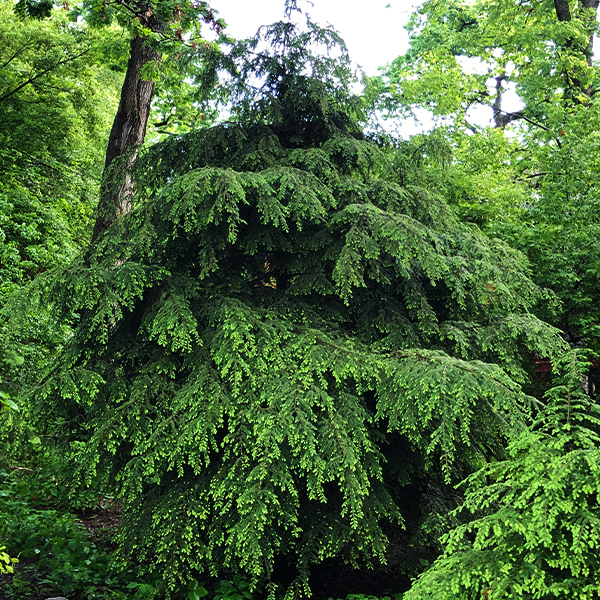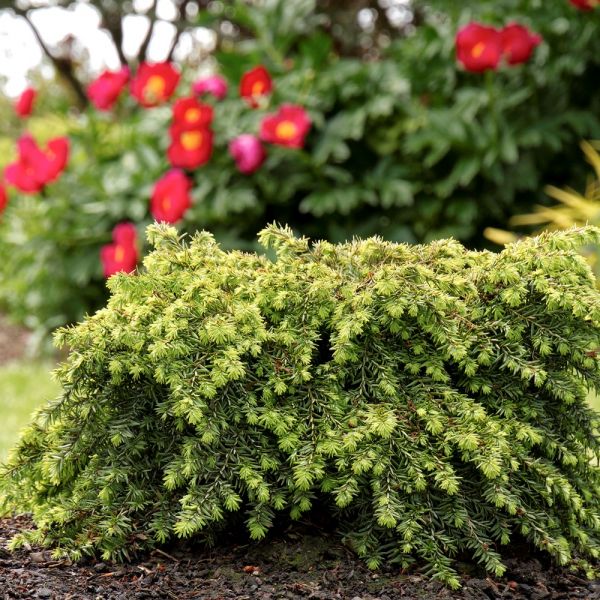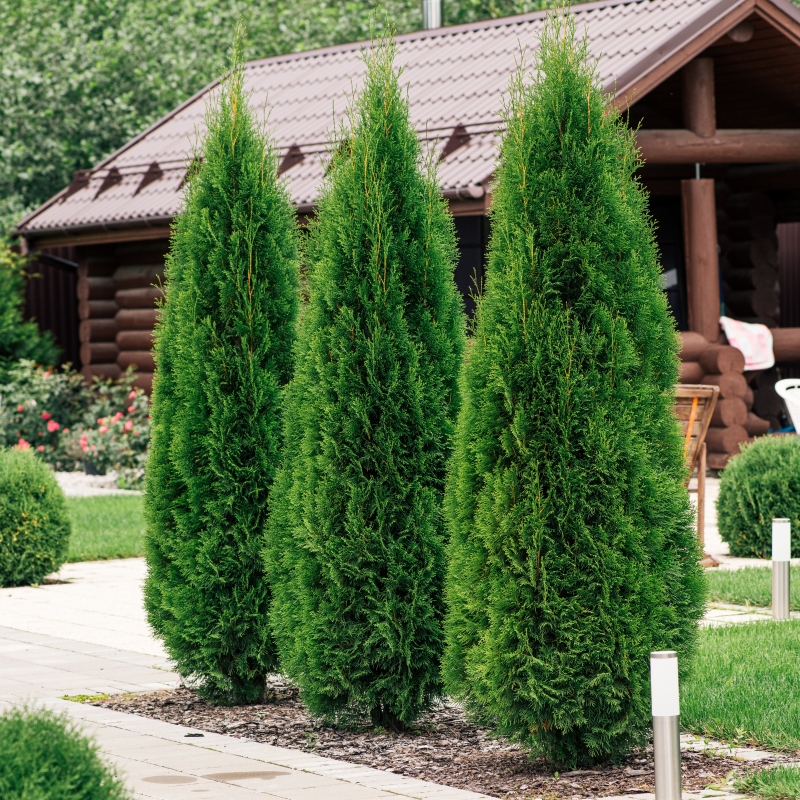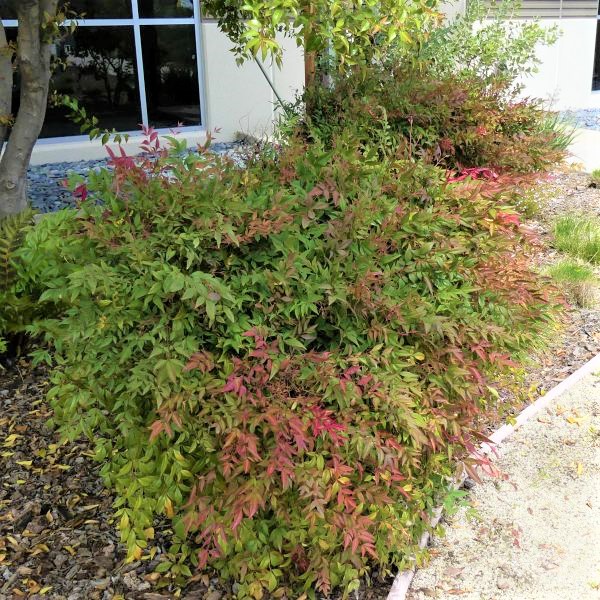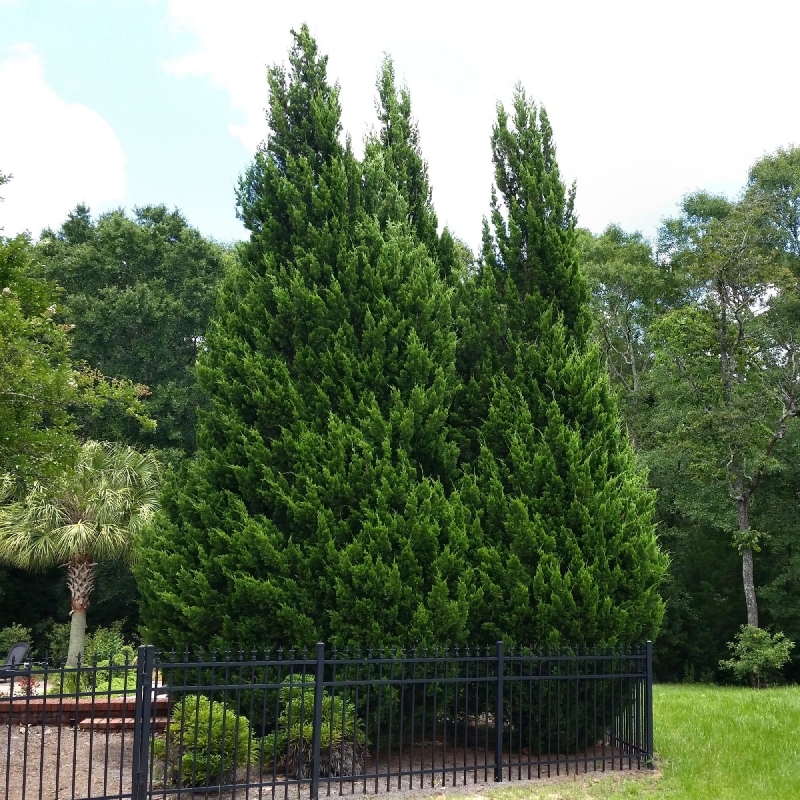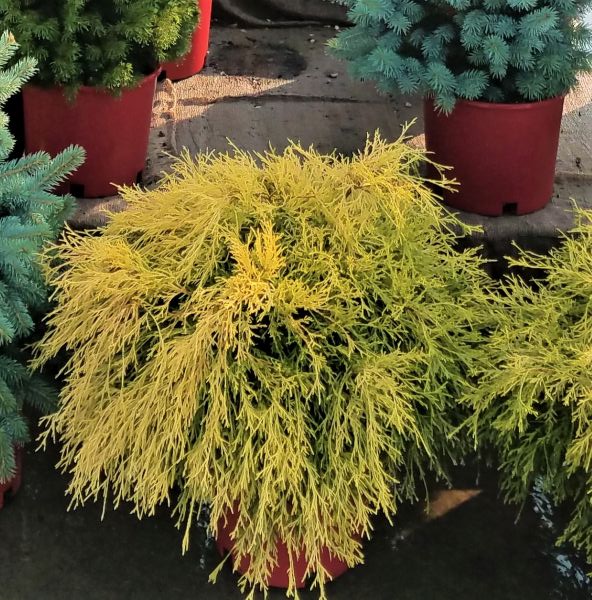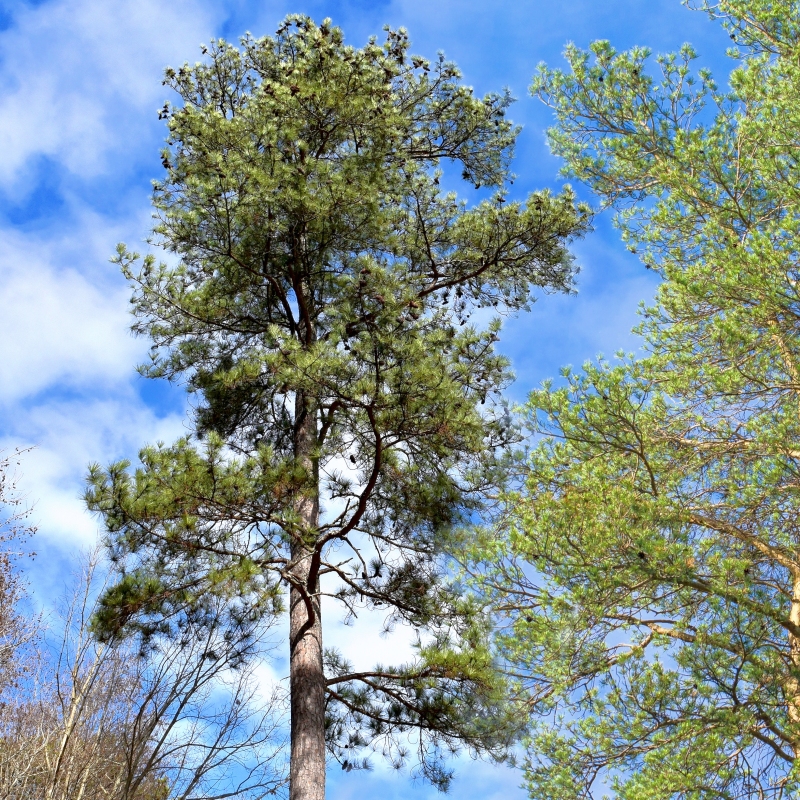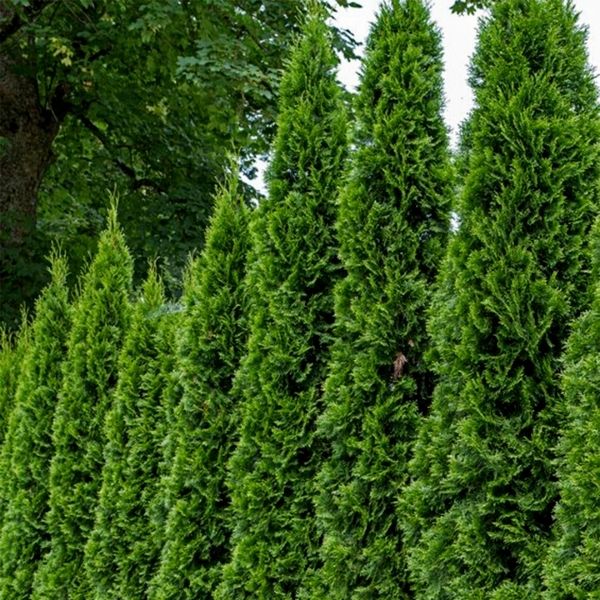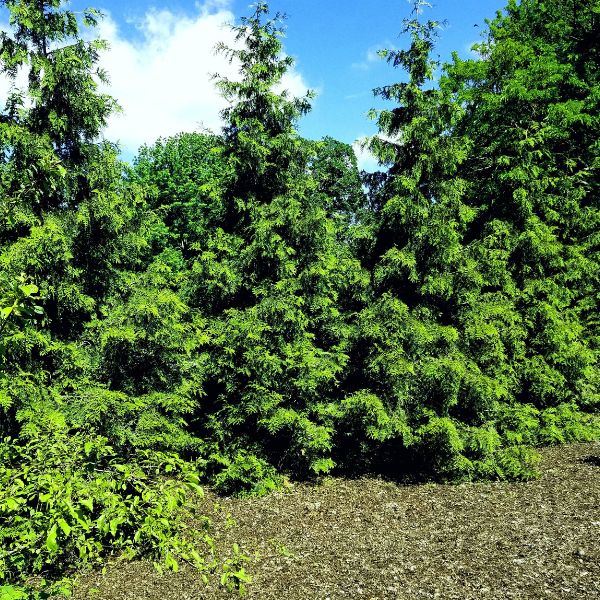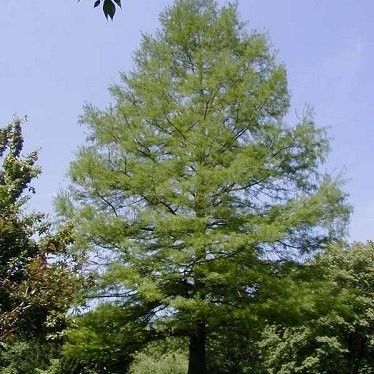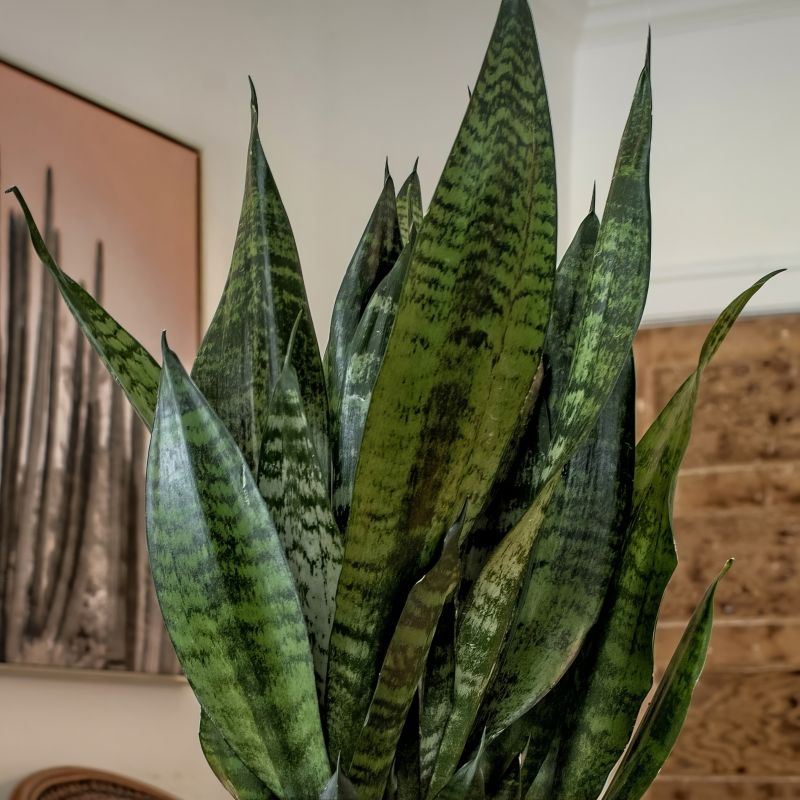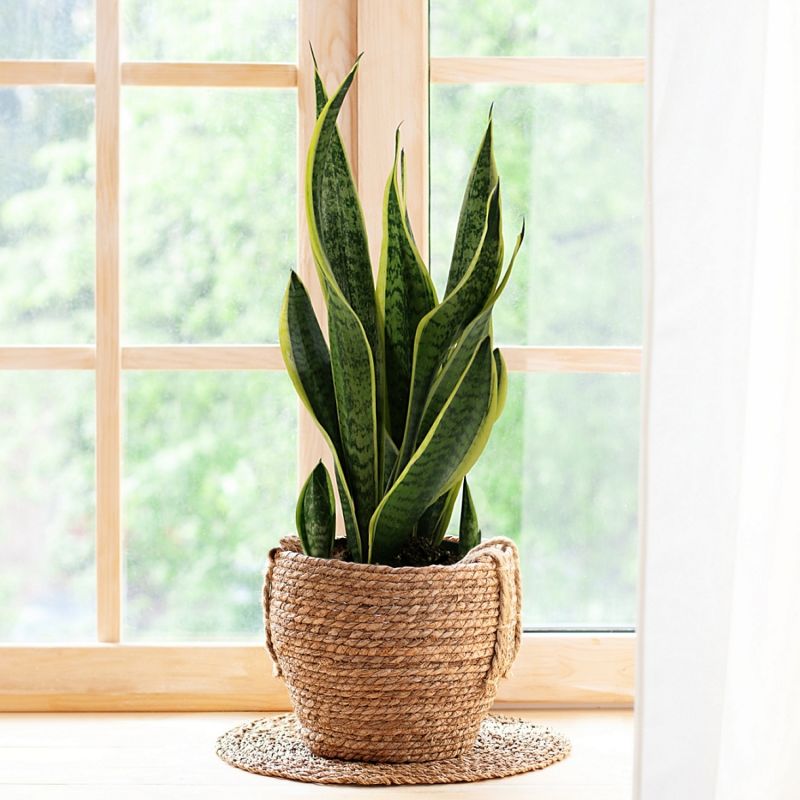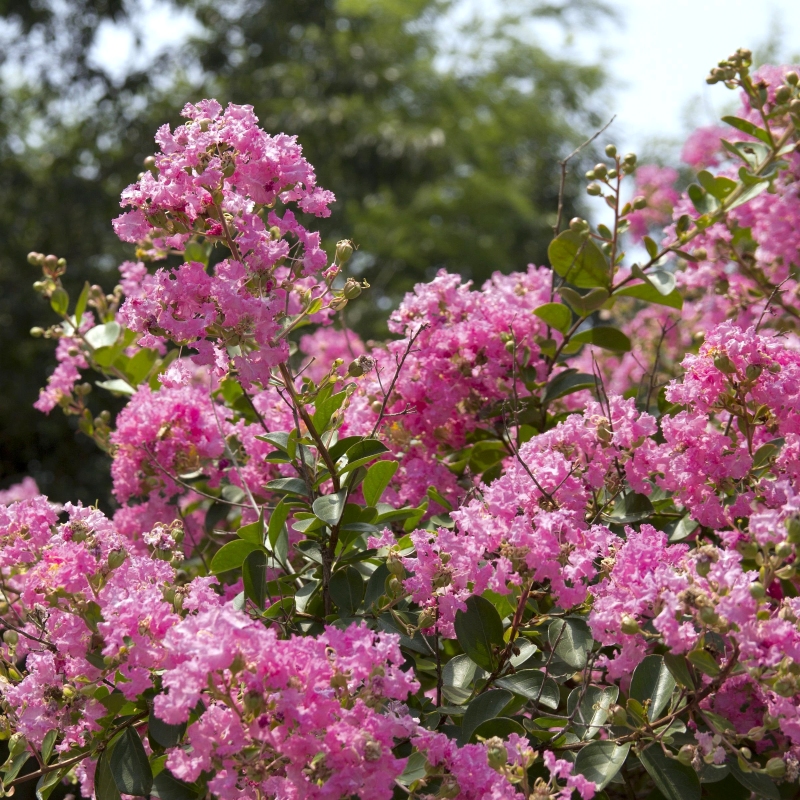

Canadian Hemlock
Tsuga canadensis
18 reviews


Canadian Hemlock
Tsuga canadensis
18 reviews
$0.00
$0.00
30% Off
- 1 Gallon
- 2.5 Gallon
We are sorry, product is currently out of stock due to seasonal availability. Please check the "Related plants available in your area" section below
Why Canadian Hemlock?
Canadian Hemlock (Tsuga canadensis) is a popular ornamental tree that grows in moist, shaded, and cool soils. It is a coniferous tree that belongs to the pine family. This slow-growing evergreen can reach a height of 50-70 feet and has a conical shape. It has a fine-textured foliage of flat needles that are soft to the touch. The wood of the Canadian Hemlock is lightweight, non-resinous, and used for making paper, lumber, and furniture.
Related plants available in your area
Sunlight
Canadian Hemlock trees prefer partial shade or filtered sunlight. While they can tolerate full sun, they are more sensitive to harsh sunlight and may experience leaf burn or heat stress. Providing some shade or planting them in a location with dappled sunl
Watering
Canadian Hemlocks prefer consistently moist soil, so they have a moderate to high watering requirement. They should be watered regularly, especially during dry periods, to ensure the soil remains consistently damp.
Fertilizing
The fertilizer requirement for Canadian Hemlock is a balanced, slow-release fertilizer with a ratio of 10-10-10 or 12-6-6.
Native to North America, the Canadian hemlock tree (or eastern hemlock) is a slow-growing evergreen that flourishes in a wide range of climate and soil conditions. While the Canadian hemlock grows up to 70 feet in height and 25 to 35 feet in width in the wild, its size can be controlled by pruning.
Featuring a pyramidal shape, drooping branches, and feathery, pointy needles with serrated edges, Canadian hemlock trees dress up your outdoor space with a graceful appearance. Other details like the scaly, grayish-brown bark, glossy dark green needles, and yellow flowers all add depth, texture, and interest to your abode.
Plus, as members of the pine family, eastern hemlocks are accessorized with small brown cones that hang from their branches.
Canadian hemlocks, when planted in full sun to partial shade in locations with loamy, well-drained, and acidic soil, show off year-round color, evoking a cheerful mood in your garden.
To benefit from the Canadian hemlock in the most effective of ways, bring it into play as a functional design feature. On top of its charming aesthetic beauty that blankets your yard with lush greenery, this evergreen doubles as a natural screen for privacy.
Line your outdoor space with 4 to 6 hemlock trees to create an evergreen screen and fashion your own private hideaway. Nestled among the natural marvelous charm of these plants, this spot will become your new favorite, go-to escape.
It’s about time to make a grand impression in your outdoor space. Order your Canadian hemlock now!
Plant Information:
| Botanical Name: | Tsuga canadensis |
| USDA Zones: | 3-8 |
| Water: | Moderate |
| Exposure: | Full Sun |
| Soil Needs: | Well-Drained |
| Mature Height: | 60 - 70 feet |
| Mature Spread: | 20 - 40 feet |

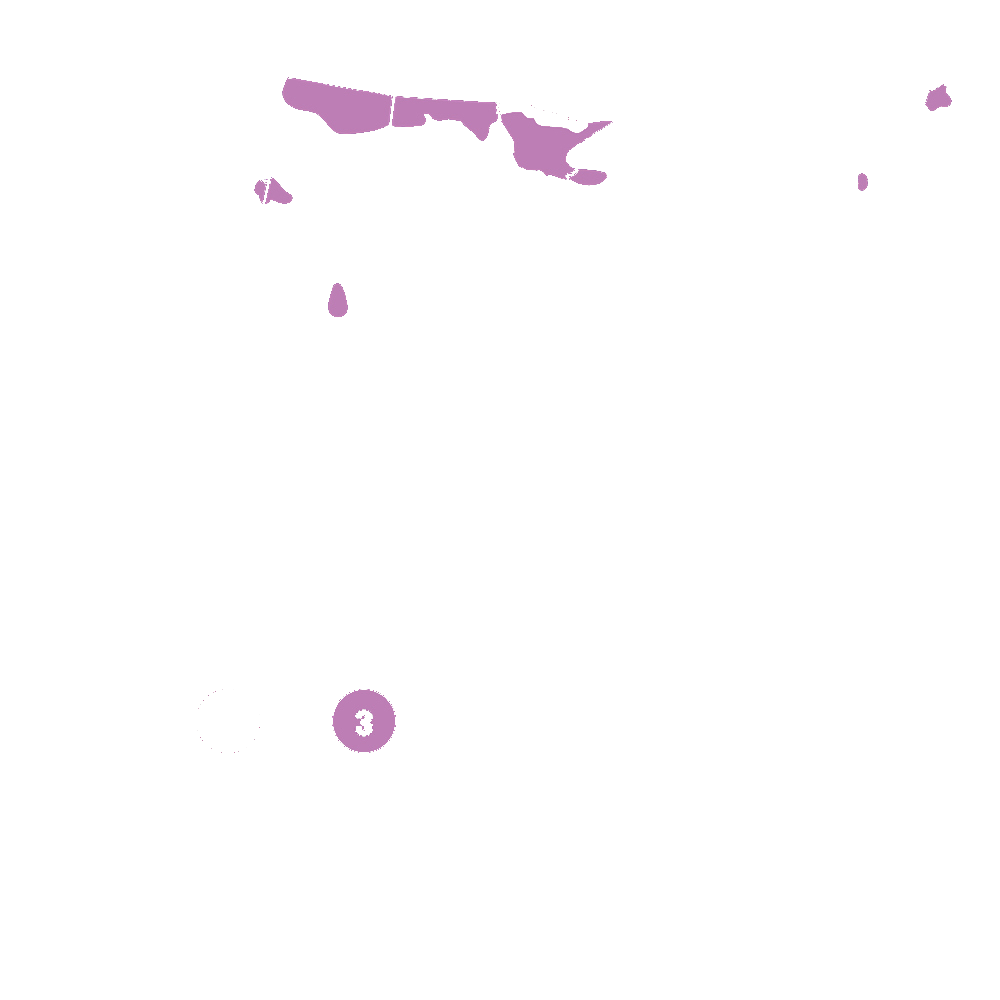





Pollination Info
Pollination Info for Canadian Hemlock (Tsuga canadensis)
Canadian Hemlock is a common tree species found in the eastern United States and Canada. It is a coniferous tree that produces small, reddish-brown cones that are about 1 inch in length. The tree typically blooms in the spring, usually between March and May.
Canadian Hemlock is pollinated by wind. Pollen is released from male cones and is carried by the wind to female cones, where it fertilizes the ovules. Female cones then grow into seed cones, which fall from the tree in the fall or winter, releasing the seeds within.
Though Canadian Hemlock is wind-pollinated, it is also an important species for native pollinators, such as bees and butterflies. These insects visit Canadian Hemlock for its nectar, which is produced in small amounts in tiny flowers found at the base of branchlets.
Overall, pollination plays a crucial role in the reproduction and survival of Canadian Hemlock, both for seed production and for supporting pollinator populations.
FAQ
Frequently Asked Questions: Canadian Hemlock (Tsuga canadensis)
What is Canadian Hemlock?
Canadian Hemlock (Tsuga canadensis) is an evergreen tree that is native to eastern North America, from Georgia to Newfoundland. It is commonly used as an ornamental tree in landscaping due to its attractive, dense foliage and ability to tolerate shade.
How tall does Canadian Hemlock grow?
Canadian Hemlock can grow up to 70 feet tall, but typically reaches a mature height of 40 to 50 feet.
What are the leaves like on a Canadian Hemlock?
The leaves on a Canadian Hemlock are small, needle-like, and about 1/2 to 3/4 inch long. They are a dark green color on top and have two white stripes on the underside.
Does Canadian Hemlock produce cones?
Yes, Canadian Hemlock produces cones that are about 3/4 to 1 1/2 inches long. The cones are brown and hang down from the branches.
What type of soil does Canadian Hemlock prefer?
Canadian Hemlock prefers well-drained, acidic soil that is rich in organic matter. It does not tolerate compacted or poorly drained soil.
Can Canadian Hemlock tolerate shade?
Yes, Canadian Hemlock is shade tolerant and can grow in full shade.
What pests and diseases are common to Canadian Hemlock?
Common pests that attack Canadian Hemlock include spider mites, scales, and adelgids. Diseases that can affect Canadian Hemlock include canker, rust, and needle blight.
Can Canadian Hemlock be used for lumber?
Yes, Canadian Hemlock can be used for lumber, but it is not considered a valuable timber species. It is commonly used for plywood, pulpwood, and paper production.
Planting & Care
Planting & Care for Canadian Hemlock (Tsuga canadensis)
Planting
- Select a location that has well-drained soil and is partially shaded or receives filtered sunlight.
- Dig a hole slightly larger than the root ball of the plant.
- Place the plant in the hole so that the top of the root ball is level with the soil surface.
- Backfill the hole with soil and gently tamp the soil down.
- Water thoroughly after planting.
Care
- Watering: Keep the soil consistently moist, but not waterlogged. Water deeply once a week during the growing season.
- Fertilizing: Fertilize with a slow-release, acidic fertilizer in the spring.
- Pruning: Prune in the late winter or early spring before new growth appears. Trim off any dead, diseased or damaged branches.
- Propagation: The plant can be propagated through softwood cuttings taken in early summer.
- Pests and diseases: The Canadian Hemlock is susceptible to woolly adelgid, spider mites and scale insects. Also, it is prone to root rot if it is planted in poorly-draining soil.
Check Out These Verified Customer Reviews:
Customer Reviews
4.6 out of 5 based on 18 reviews
Thank you! Your review has been submitted.
Website easy to navigate, smooth checkout process.
Arrived quickly and in excellent condition, highly recommend.
Easy to navigate website and smooth ordering process.
Item has been added to your cart.



